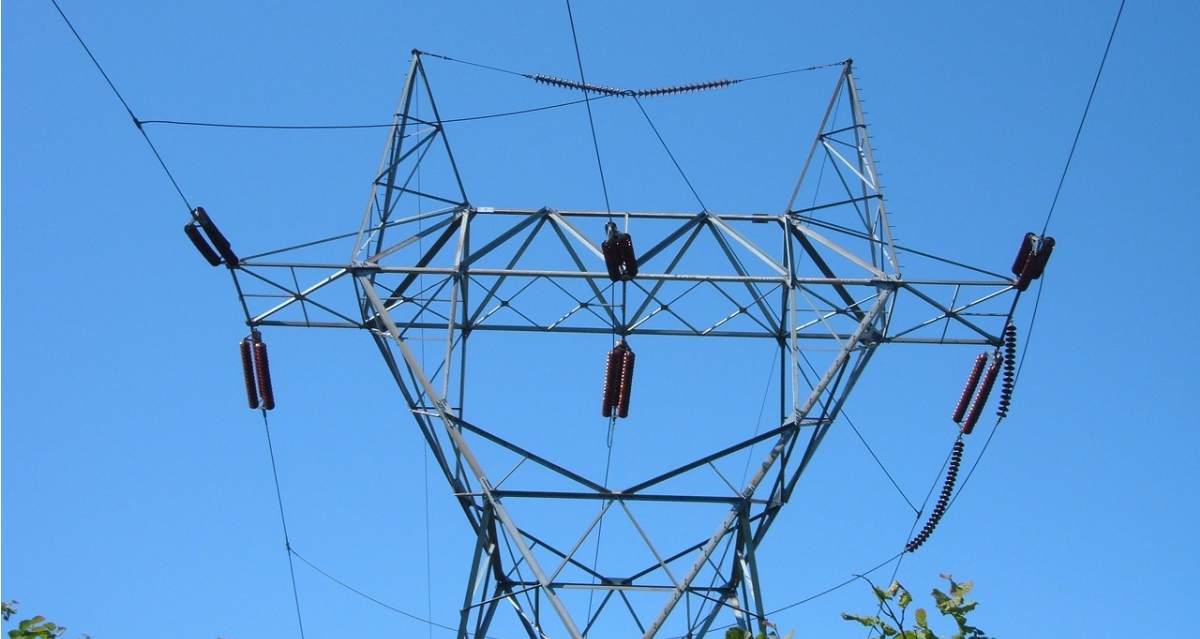On Friday, the Northern Territory Government announced an electricity market reform program it says will address system security and reliability, encourage private investment and boost renewable energy.
The Gunner Government has a target of 50% renewable energy in the Territory by 2030. It says including current and committed large scale solar projects planned to be built this year along with projected residential and commercial rooftop solar power installations, renewables are expected to account for 16 per cent of electricity consumption by the end of 2020. So, by the end of this year, there will be still quite a way to go.
There might have been more home and commercial solar by the end of this year1 if the NT Government hadn’t done a bang-up job of messing with the state’s solar feed-in tariff, which was initially slashed from being the same rate as the consumption tariff (~26c) to 8.3 cents per kilowatt-hour for new installations with zero notice – although it did subsequently provide a brief reprieve of sorts.
There was little argument that the tariff needed tweaking, it was the way that the changes were implemented that left a lot to be desired. While it’s certainly still worth it to go solar in the Territory, it means new systems will take longer to achieve simple payback.
Anyway, the electricity market reform program seeks to:
- improve coordination of solar power and gas-fired electricity generators
- ensure sufficient generation capacity is available to meet demand
- facilitate payments between retailers and generators
- improve the efficiency of the provision of essential power system security services
Two papers relating to the reform program were released on Friday, which can be accessed here. The Gunner Government says electricity industry stakeholders will be fully consulted on reform detail and implementation through working groups and formal consultation papers.
Big Battery On Track
While on the topic of security and reliability, in April this year the Gunner Government announced it would be spending $30 million on a large scale battery installation for the Darwin-Katherine system that it expects will pay for itself within 5 years. The battery, which will reduce need for gas-fired spinning reserve, is projected to deliver cost savings of around $6.4 million and emissions reductions of about 50,000 tonnes per annum.
While little new detail was provided in Friday’s announcement, the NT Government stated procurement of the system is progressing in line with delivery in the second half of 2022.


 RSS - Posts
RSS - Posts



Speak Your Mind